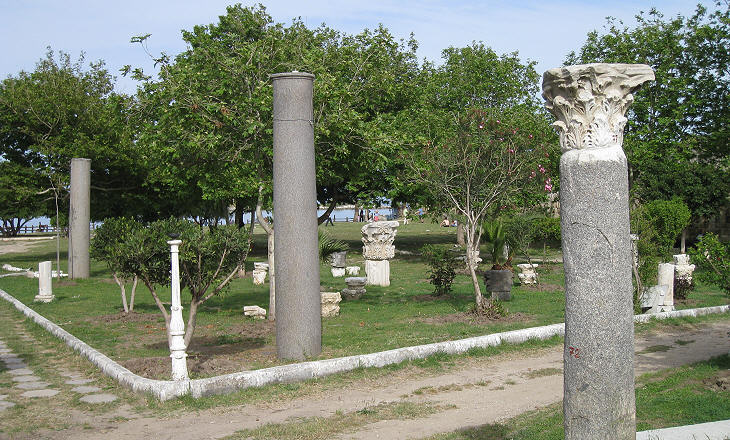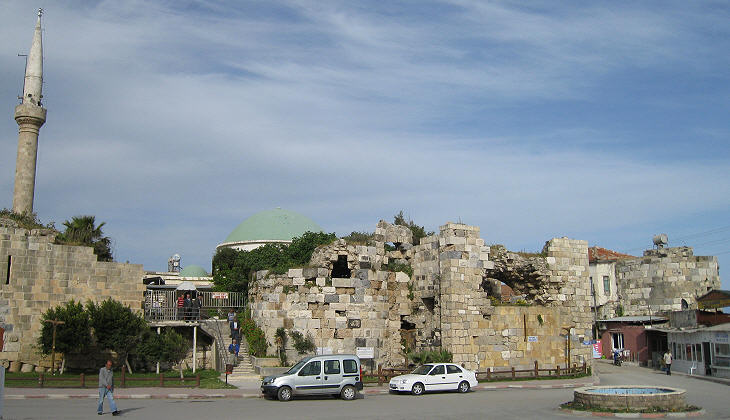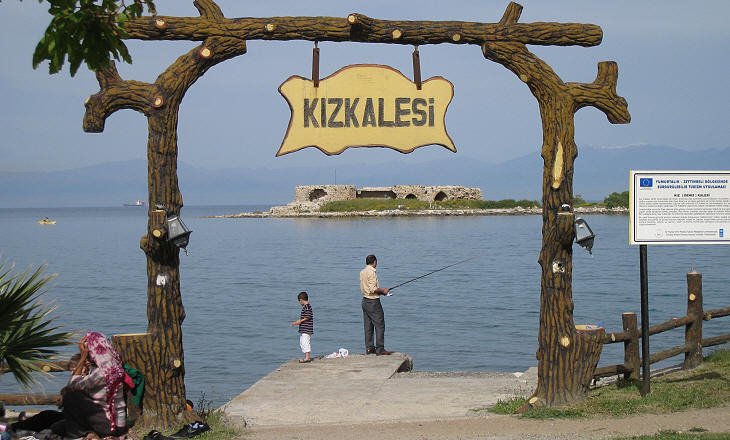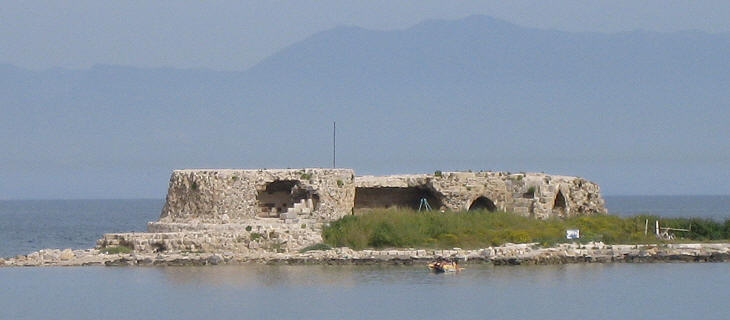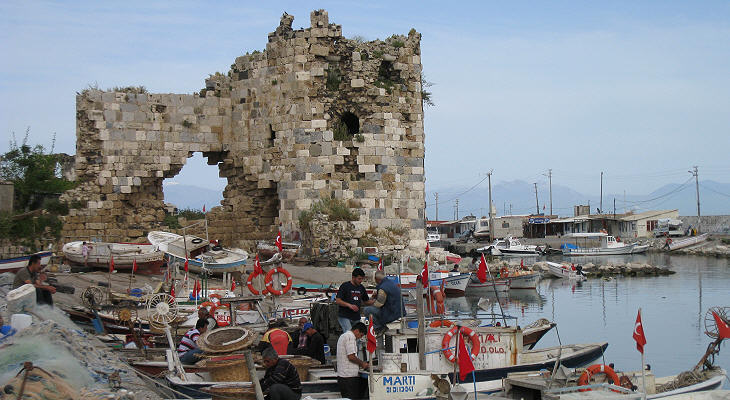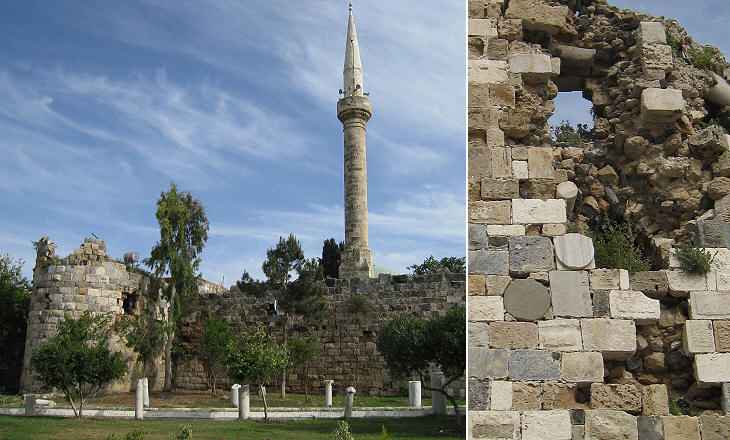  What's New! Detailed Sitemap All images © by Roberto Piperno, owner of the domain. Write to romapip@quipo.it. Text edited by Rosamie Moore. Page added in July 2009. |
 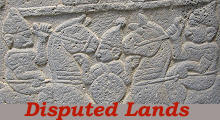 - Laiazzo (Yumurtalik) - Laiazzo (Yumurtalik) (relief at Karatepe) In 1291 Acre, a port in northern Palestine, fell into the hands of the Mameluke Sultan of Egypt: it was the last remnant of the Christian Kingdom of Jerusalem and the main base of the Venetian trade with the Near East: in that same year the Mamelukes occupied Tripoli and Tyre, two ports along the coast of today's Lebanon, where the Genoese had trading posts. Pope Boniface VIII issued an interdict forbidding all Christians from trading with the Mamelukes. At this point Laiazzo, which belonged to the Kingdom of Lesser Armenia, a Christian state, became the only port in the Eastern Mediterranean which Genoa and Venice could use as a base for their trade in the region without incurring in the Pope's wrath.
Laiazzo was known in antiquity as Aegea; it was not a major port of the region, this being Tarsus, yet at least in the first and second centuries AD it must have enjoyed a period of development; its monuments were decorated with columns of granite from Egypt and white marble from Greece.
Laiazzo, as the Italians called it, started to acquire importance after 1250, before the fall of Acre, when the Mongols occupied Upper Mesopotamia and the whole of Persia; they opened a land trading route between India and the Mediterranean Sea: from India spice and in particular pepper, were shipped to Ormuz, a port on the Persian Gulf and from there through Persia and Upper Mesopotamia they reached Laiazzo; this route was an alternative to that through the Red Sea and Alexandria, which was controlled by the Mamelukes. In addition Laiazzo was a starting point for European merchants interested in developing trade with Samarkand and Bukhara in Central Asia. It is thought that in 1271 Marco Polo started his second journey to China from Laiazzo (this explains why local tourist authorities claim that Laiazzo was "Marko Polo Iskelesi").
Korykos was an important fortress built by the local Armenian barons on the coast to the west of Tarsus; in addition to a land fortress they fortified a small islet, which according to a legend is called Kizkalesi (the maid's island). Today this second name has prevailed on the old one (Korykos) and the town is known as Kizkalesi: it has become an important summer resort, which is chosen by many German tourists. Yumurtalik (today's Laiazzo) is no longer a port, but it has a fine beach which could attract many holidaymakers, so local authorities thought that naming Kizkalesi their own fortified islet would help the town's development.
In 1295 a Venetian fleet raided some trading bases the Genoese had in Cyprus; when the news reached Galata, the Genoese merchants of that settlement moved with their ships and mercenary troops towards the enemy; the battle was fought near the islet of Laiazzo and it ended in disaster for the Venetians; it is thought by many historians that it was on this occasion that Marco Polo was taken prisoner: during his imprisonment he dictated the account of his travels, for which he is known.
In 1302 Venice resumed trading relations with the Mamelukes and for the following twenty years Venetian convoys sailed for Alexandria and other ports controlled by them. In 1322 the Pope renewed his interdict and Venice preferred to obey; trade with the Mamelukes did not stop however because they continued to sell cotton, spices and pepper to the Venetians; they did it at Laiazzo; custom duties paid to the Armenian kings were used by the latter to fulfil obligations established in peace treaties with the Mamelukes, who in turn used this money to repay interests on loans they received from the Venetians.
By 1340 the importance of Laiazzo started to decline: one nail drives out another, the Mamelukes were no longer seen as the most dangerous menace for Christianity; the Turkish tribes which had invaded Anatolia in the XIth century gradually conquered its coasts and from there they threatened the maritime routes between Europe and the Levant; the sultans of Karaman conquered Alanya, Cape Anamur and Silifke; in 1354 the Ottomans established their rule on some towns on the European side of the Sea of Marmara; most of the coast on the Aegean and Black Seas were controlled by minor Turkish emirates. In 1344 a sort of crusade promoted by the pope allowed the Crusaders of St. John to conquer Smyrna. The Venetians helped by sending some ships and in return the pope lifted the ban on trade with the Mamelukes; the role of Laiazzo in circumventing the interdict was gone forever. Move to: Introductory page Tarsus Lampron Adana Sis (Kozan) Karatepe Yilanli Kale Kahramanmaras Gaziantep Kilis Birecik Aleppo Cyrrhus Ain Dara Sanliurfa Harran Nemrut Dagi Harput Diyarbakir Mardin Silvan and Malabadi Koprusu Map of Turkey with all the locations covered in this website  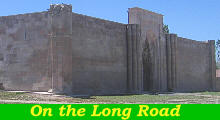 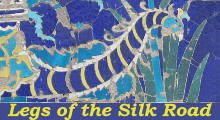  |
